Chandra Mouli, CIO & CTO - Sankara Nethralaya
By MYBRANDBOOK
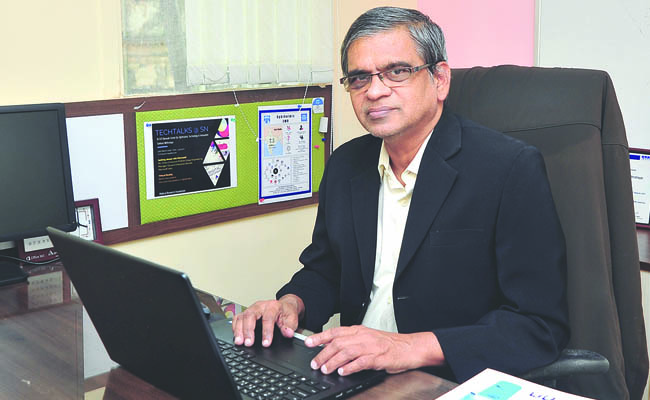
|
“Mission of healthcare Technology must be in developing technology solutions that connect Science, technology and well-being” Healthcare must be driven with a singular motive of keeping Patient safety and wellbeing first. Technology in healthcare must enable a safe, timely and effective patient centered efficient and equitable services. The stakeholders in healthcare service delivery include, besides the patient and their dependents, the practitioners and care/service providers, educationalists, Governments and other institutions for devising intervention measures wherever and whenever required. The proverbial issues in Healthcare will always remain Affordability, Quality and Access. The only question that needs to be answered will always be ‘who pays for it’, and that requires both innovation and compassion. Technology could be the biggest game changer and effective enabler to improve - Implementation of Technology and Information systems in healthcare pose a significant challenge due to a variety of reasons. The complexities include, information needs of various Medical specialties, data from variety of sources which include internal and external, the clinical conditions of the patient, quality of provider and their process maturity. Making information actionable With vast changes happening in the field of technology, the biggest opportunity will be to transform data and make it actionable. The vast and fragmented information continues to be the biggest challenge and impediment for such a transformation.Actionable information can benefit not only the patients but also the other stakeholders and humanity as a whole. The other biggest challenges to healthcare is the incorporation of information technology in its practices. The impediments include, knowledge of such practices, qualified resources and their availability and training in complex domain and information technology. Further, once developed, the most difficult thing is the decision to act based on indicators and follow through keeping in mind the patient safety and wellbeing. A data-aware and data-driven systems can significantly improve processes, reduce errors, unlock the value of the information and make it actionable keeping in mind the patient safety and patient wellbeing. Developing such kind of systems require missionary zeal, both in developing and maintaining systems. The challenges include legacy transformation, quality of data, maturity, and quality of resources, digital literacy, besides timely funding to drive these initiatives. Technology as a level player Thankfully with the advent of technological advancements due to Cloud, internet and mobile, technology is now becoming a level playing field. The same set of tools and techniques available in the west is now made available across to everyone who could use it and benefit. Tomorrow’s leaders are those who can innovate leveraging these technologies. More flexible models, include pay for use, on-demand services make developing more intelligent systems much easier and faster making the availability of technology more pervasive. The biggest challenge still continues in evangelizing the changes, educating the workforce and adoption of these technologies which can benefit the stakeholders. The depth of the changes happening in the technology field is too vast for any one individual to master in a lifetime and develop systems. From Information to Innovation officers Healthcare CIOs and CTOs must develop innovative delivery models to solve the plethora of problems they face in their day-to-day operations,and they must have the ability to stay ahead of the curve. The transition from Chief Information and Technology Officer to Chief Innovation Officer is the need for the day. Such a transition could unleash significant benefits for the entire user community. Ideas must include Innovation centers to incubate new solutions which can solve common problems faced in daily operations, transforming technology, data, besides providing a new generation of solutions for practice management. Disruptions happening in the technology field include working on Augmented reality, AI-driven systems, Immersive experience, API driven integration with external systems, real-time analytics, an automated conversational platform for consistent and superior patient experience and wellbeing. The mesh of new ideas and technologies also pose significant challenges in execution which require effort in change management and strong program management. The challenges of data, privacy, and cyber security continue to plague. Effective policy measures must be in place to provide high availability of data without compromising information privacy for the stakeholders. In summary, the role of CIOs and CTOs now transcend from running IT organizations into being Chief Innovation Officer to usher in technology-driven services which can transform effective Healthcare services, keeping in mind the present and future needs of the stakeholders. Healthcare IT organizations are required to provide a high availability keeping the stakeholder’s interests in mind. A 100% availability can never be considered as a key differentiator anymore. The biggest measure of success is to be seen as an innovative leader who can drive a vision and usher in changes, providing cost-effective, innovative solutions and superior patient and user experience consistently. |
"

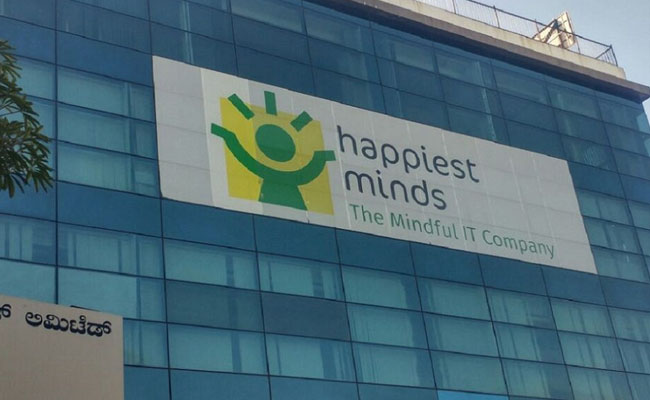
Happiest Minds brings in an innovative GenAI chatbot
Happiest Minds Technologies has announced the new GenAI chatbot - ‘hAPPI...

Government mandates encryption for CCTV cameras to ensure netw
In the wake of issuing an internal advisory on securing CCTV cameras at g...
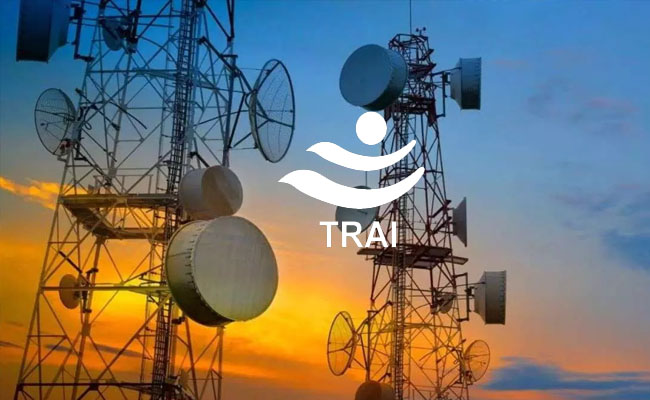
TRAI recommends allowing only Indian entities to participate i
The Telecom Regulatory Authority of India (TRAI) has recommended that onl...
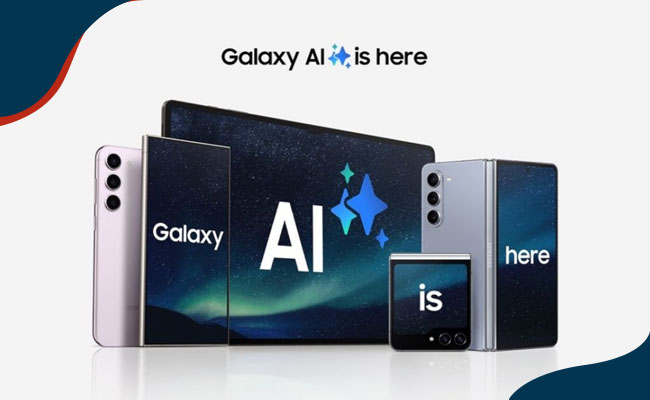
Galaxy AI is available on more devices with Samsung One UI 6.1
Samsung has expanded the range of smartphones to which One UI 6.1 and Gala...

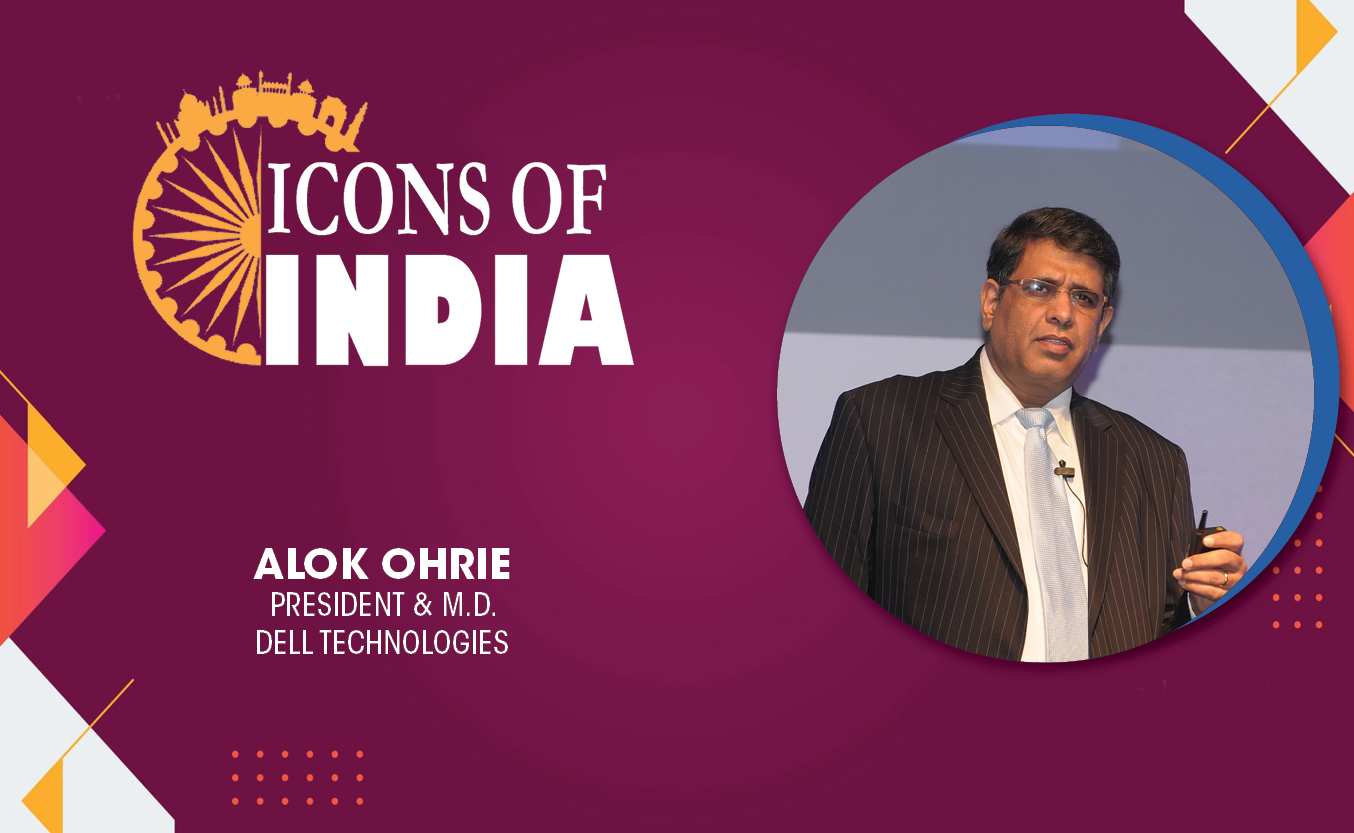
Technology Icons Of India 2023: Alok Ohrie
Alok plays a critical role in the Government of India’s Atal Innovat...
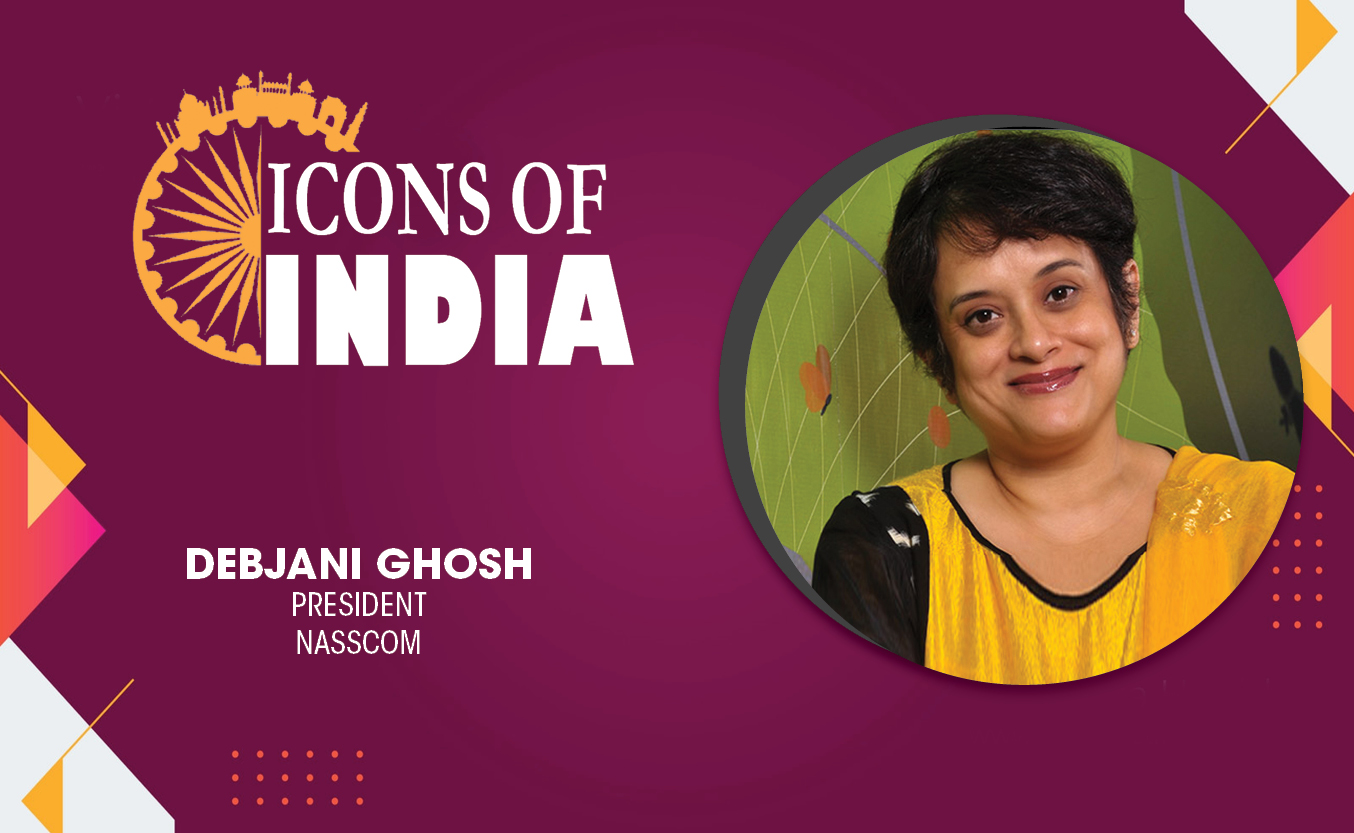
Technology Icons Of India 2023: Debjani Ghosh
Debjani Ghosh is the first woman president of NASSCOM (the umbrella bo...
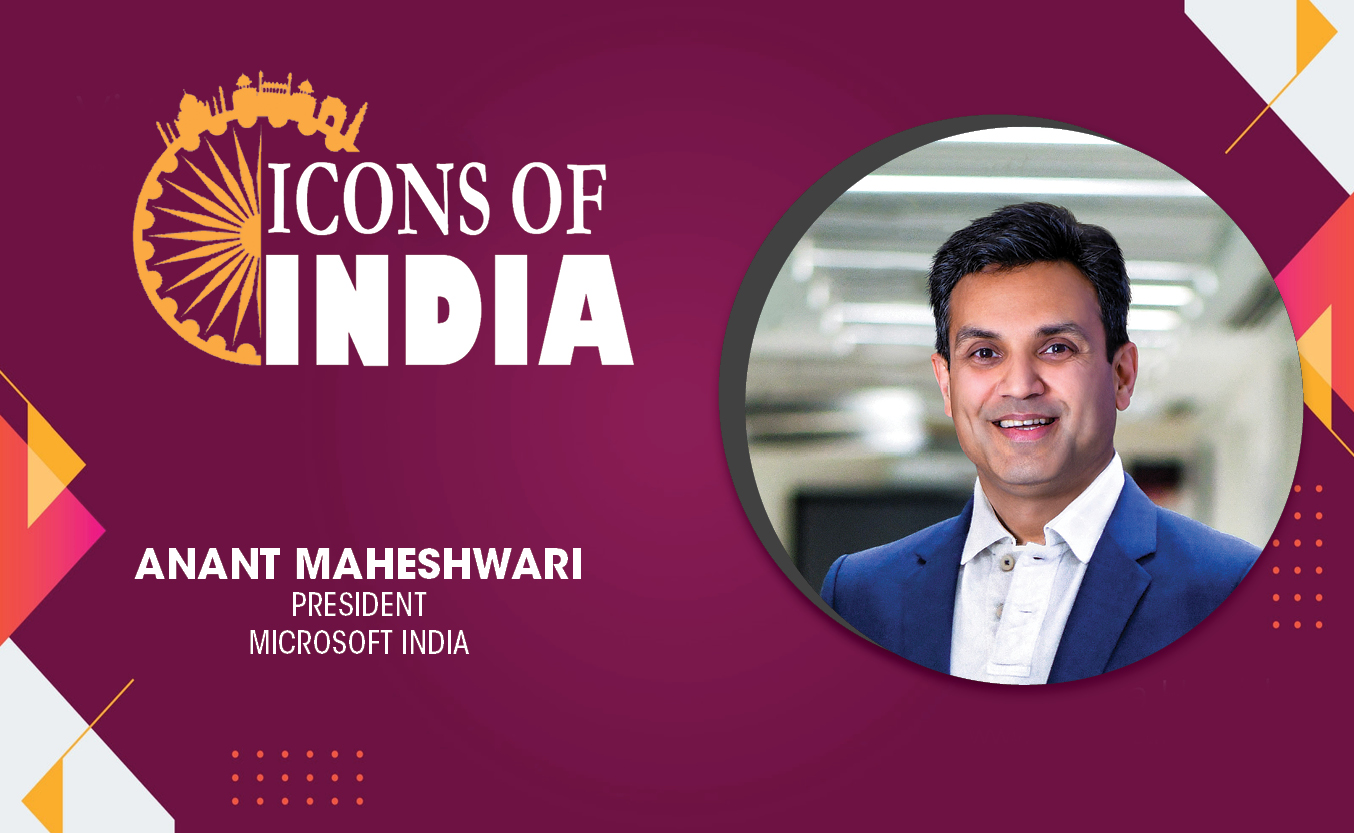
Technology Icons Of India 2023: Anant Maheshwari
As President of Microsoft India, he is responsible for Microsoft’s o...

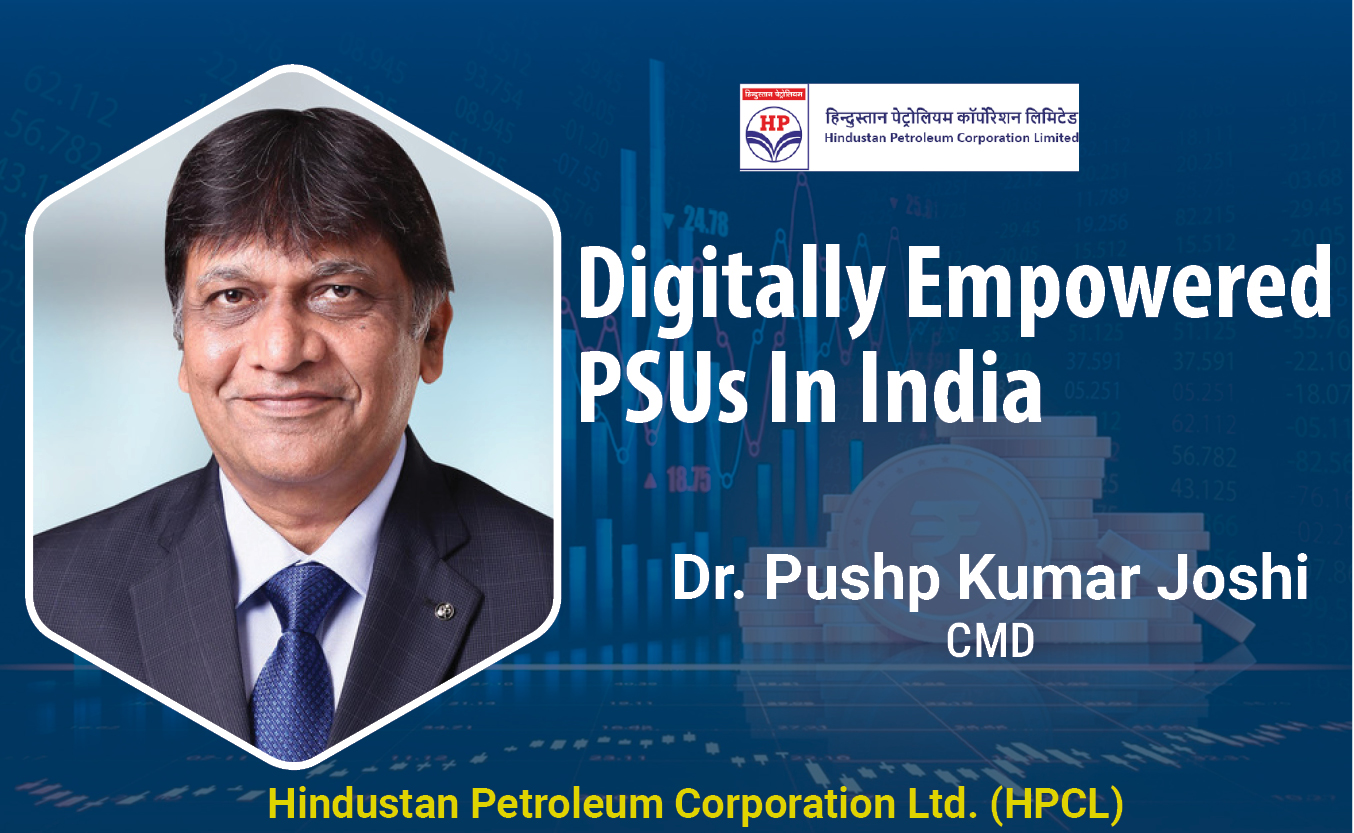
HPCL is transforming the energy landscape, across the nation and beyond
HPCL is world-class energy company known for caring and delighting the...
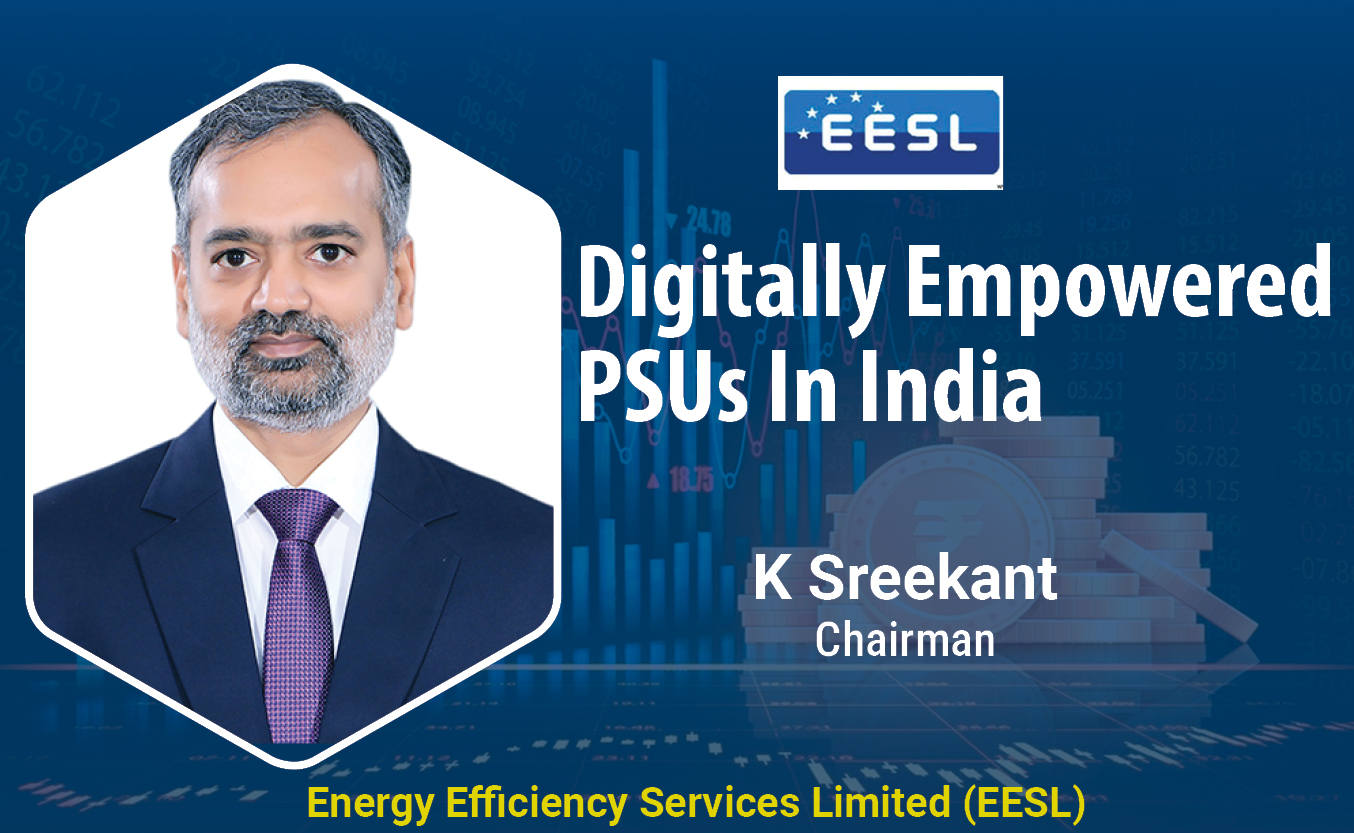
EESL encouraging e-mobility adoption across India
Energy Efficiency Services Limited (EESL) is a Super Energy Service Co...
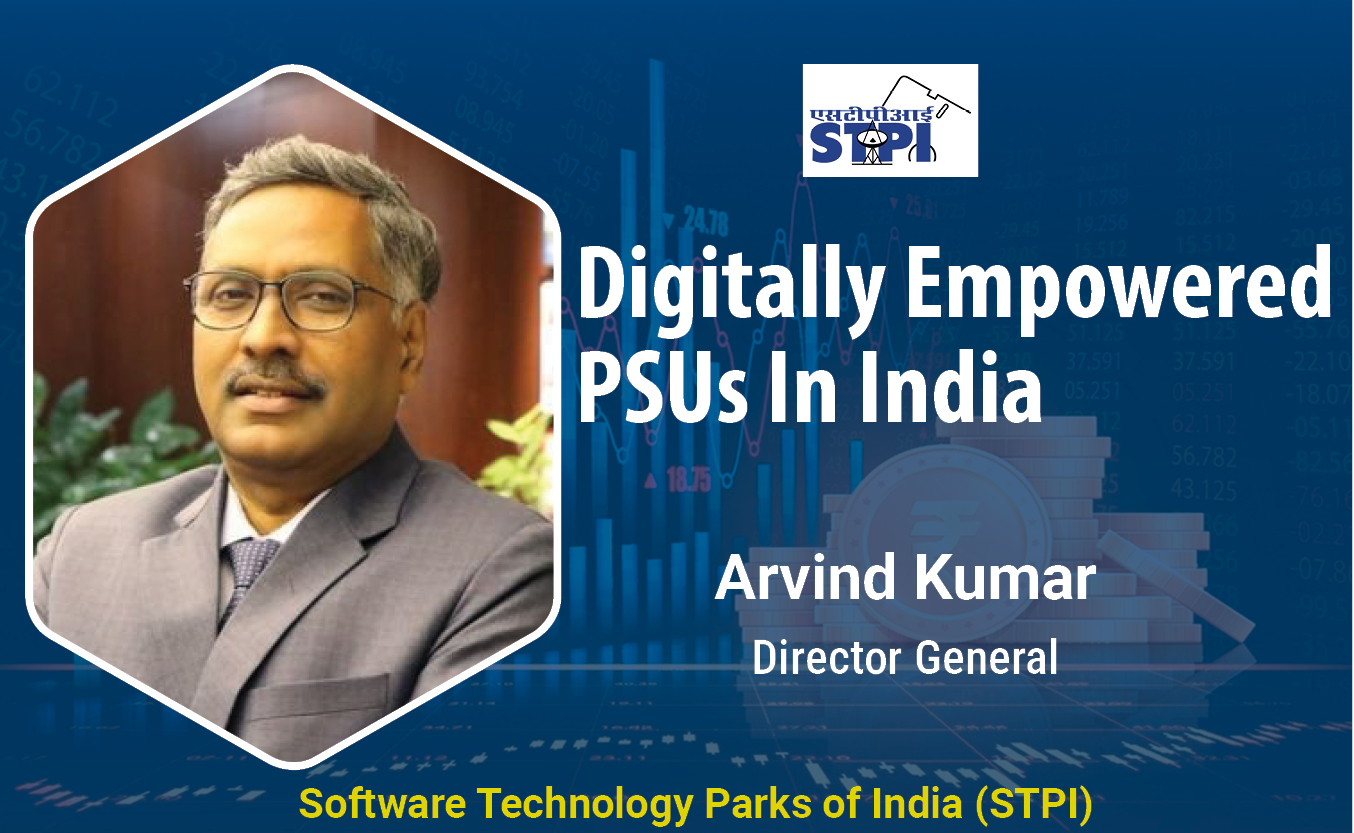
STPI encouraging software exports from India
Software Technology Parks of India (STPI) is an S&T organization under...

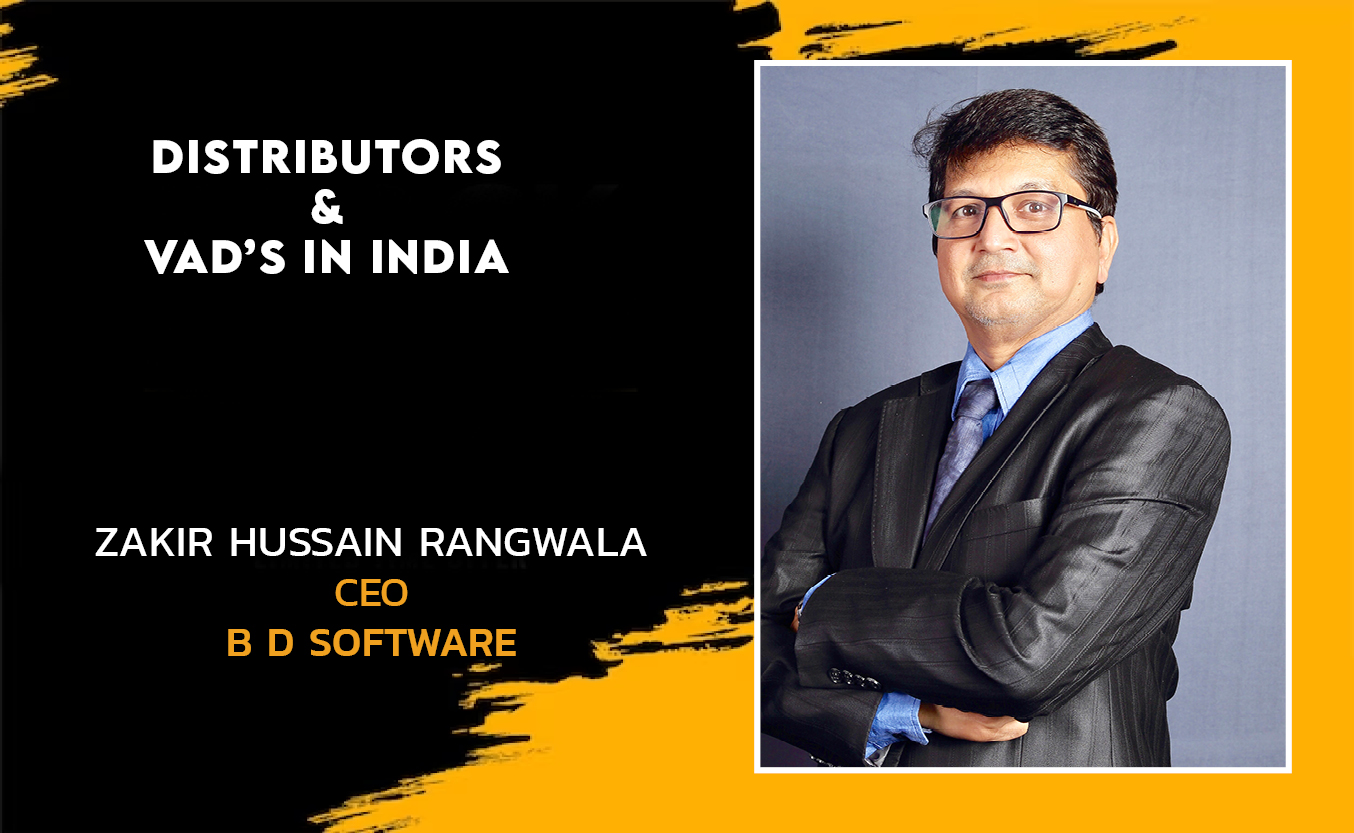
B D SOFTWARE
BD Software is the distributor of IT security solutions in India. The ...
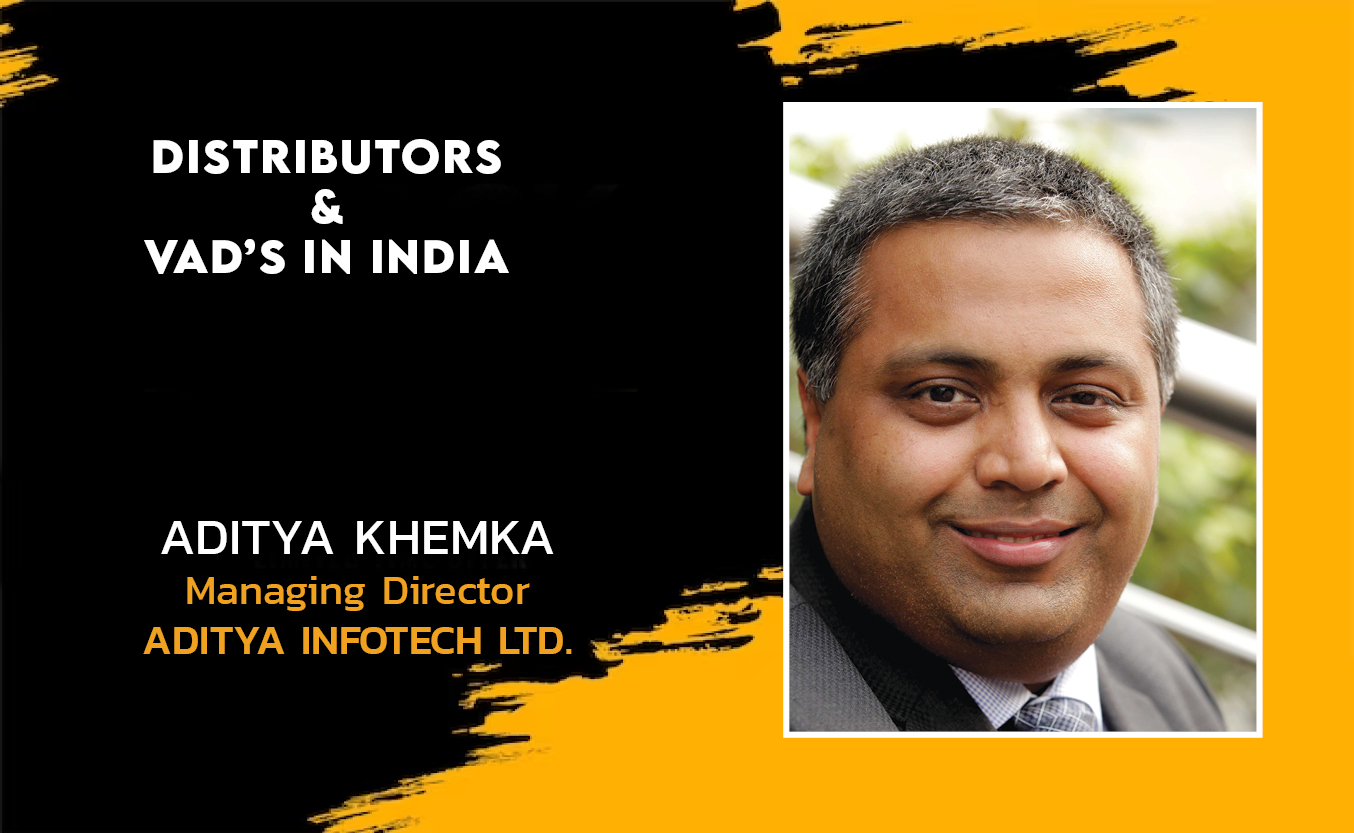
ADITYA INFOTECH LTD.
Aditya Infotech Ltd. (AIL) – the technology arm of Aditya Group, is ...
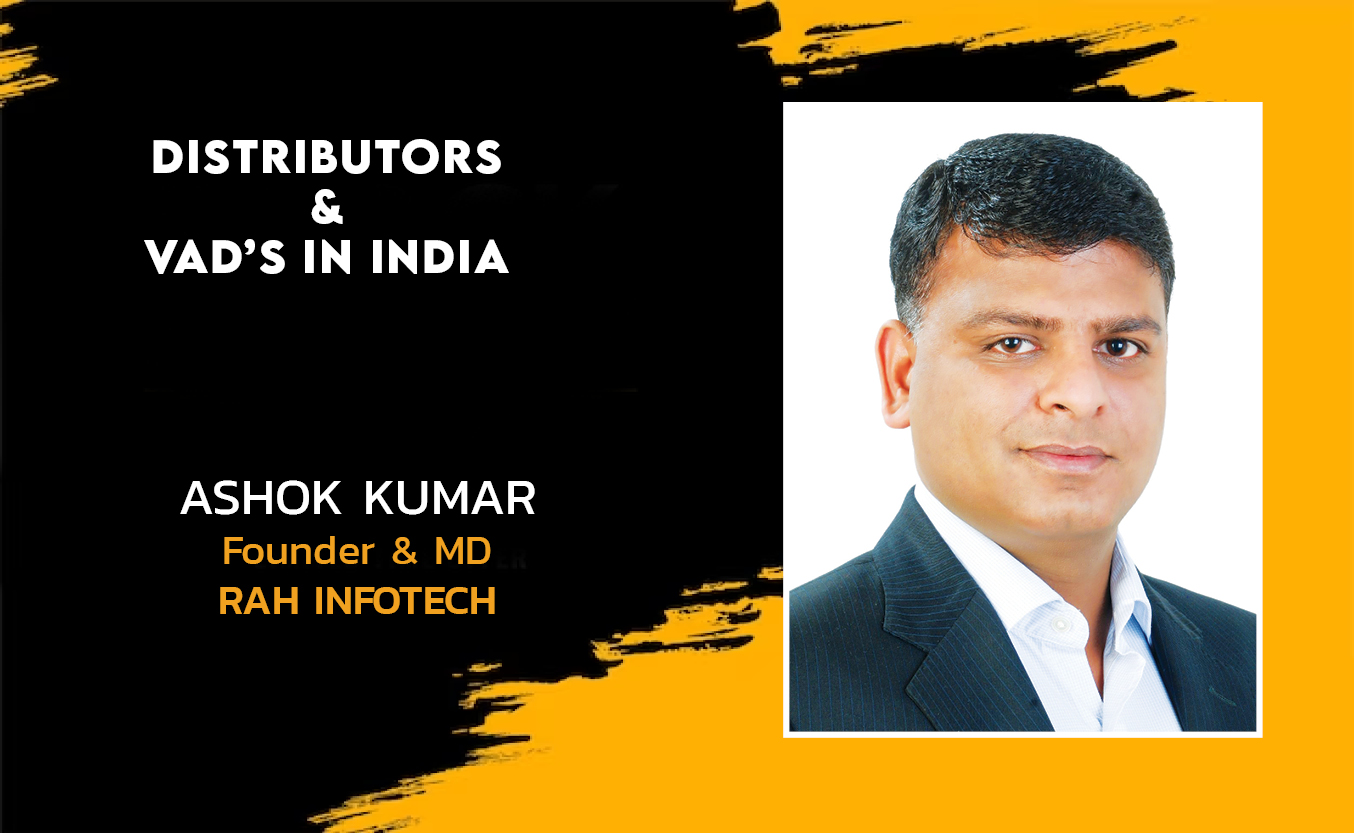
RAH INFOTECH
RAH Infotech is India’s fastest growing technology value added dist...